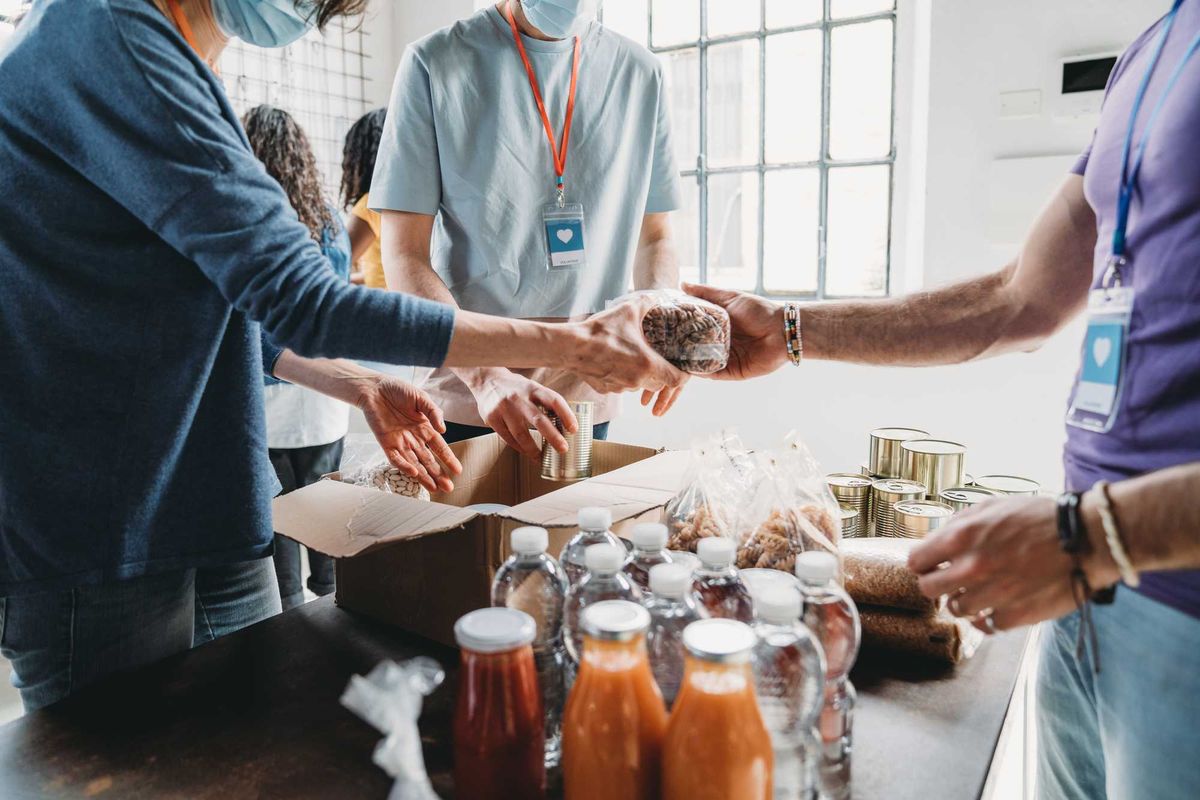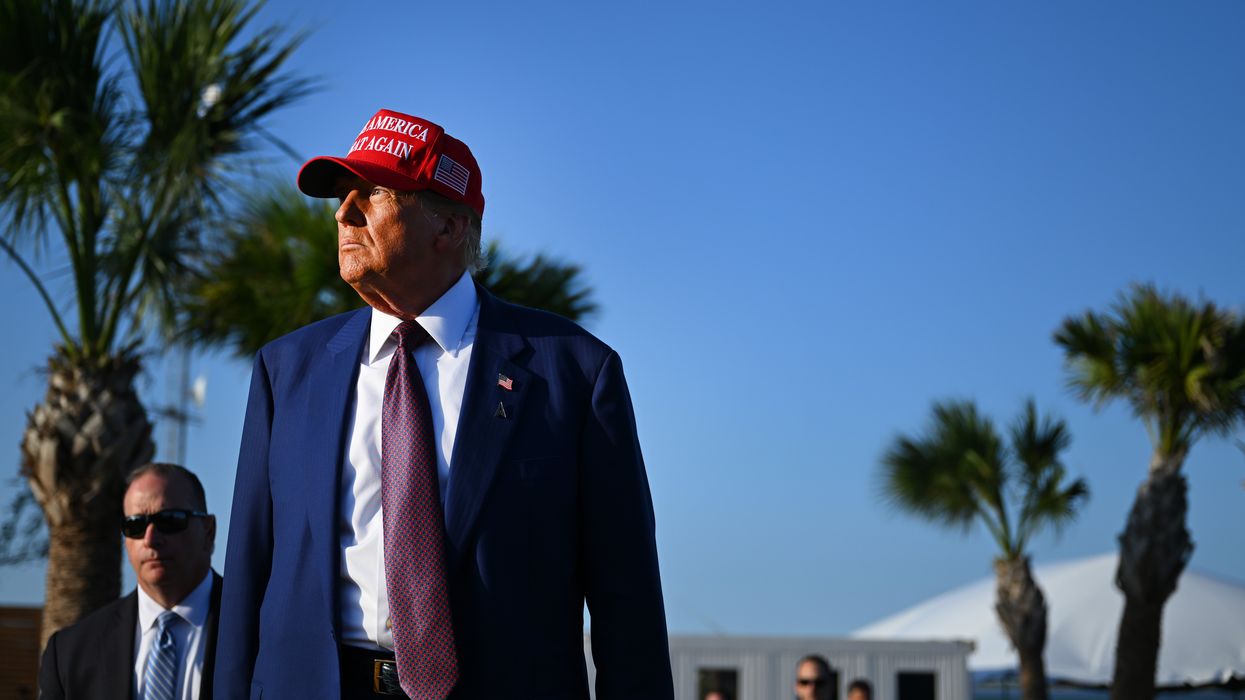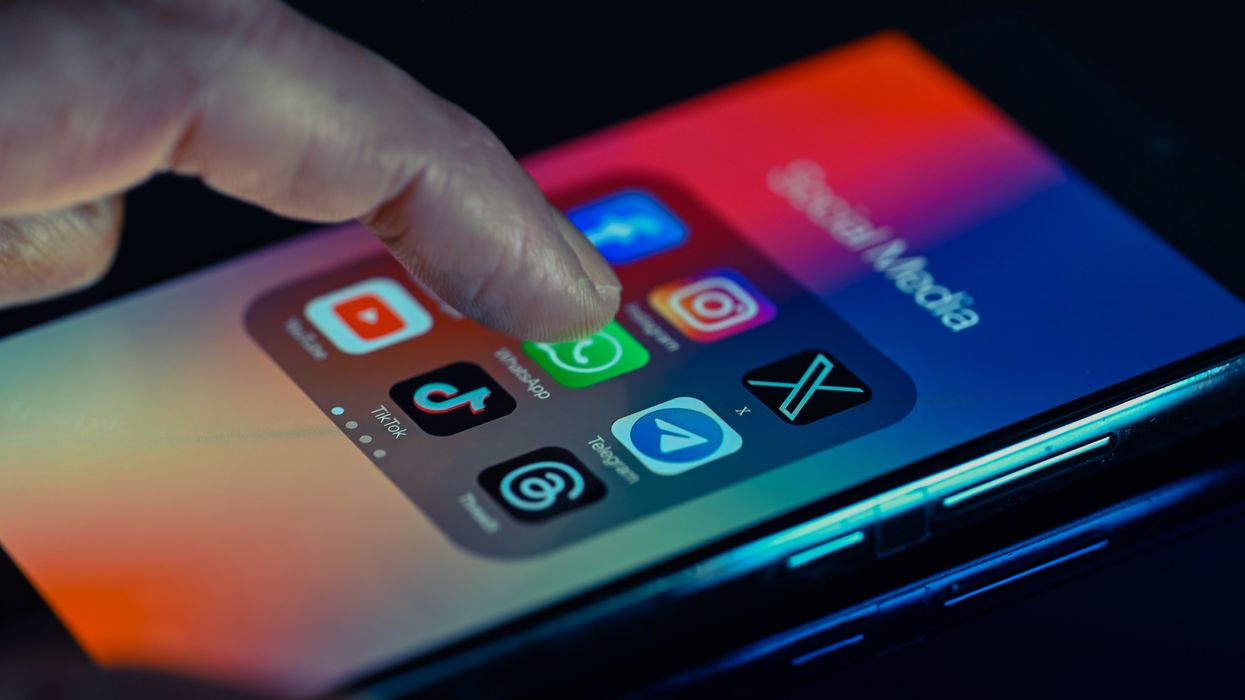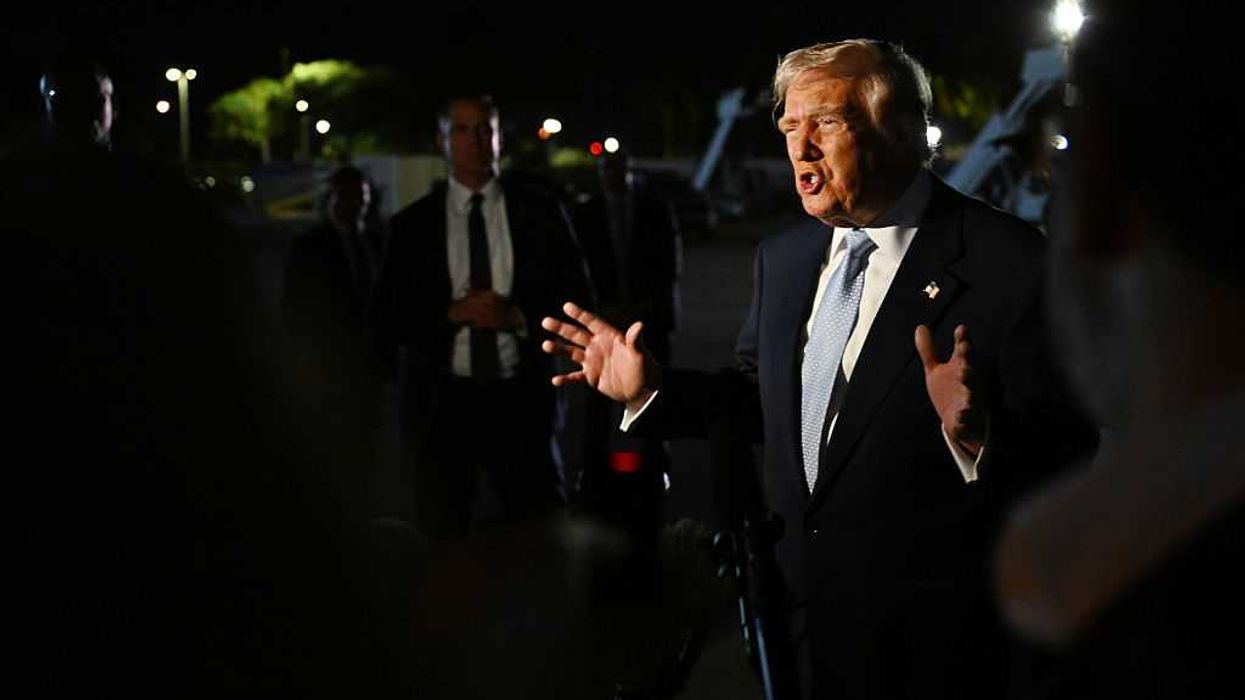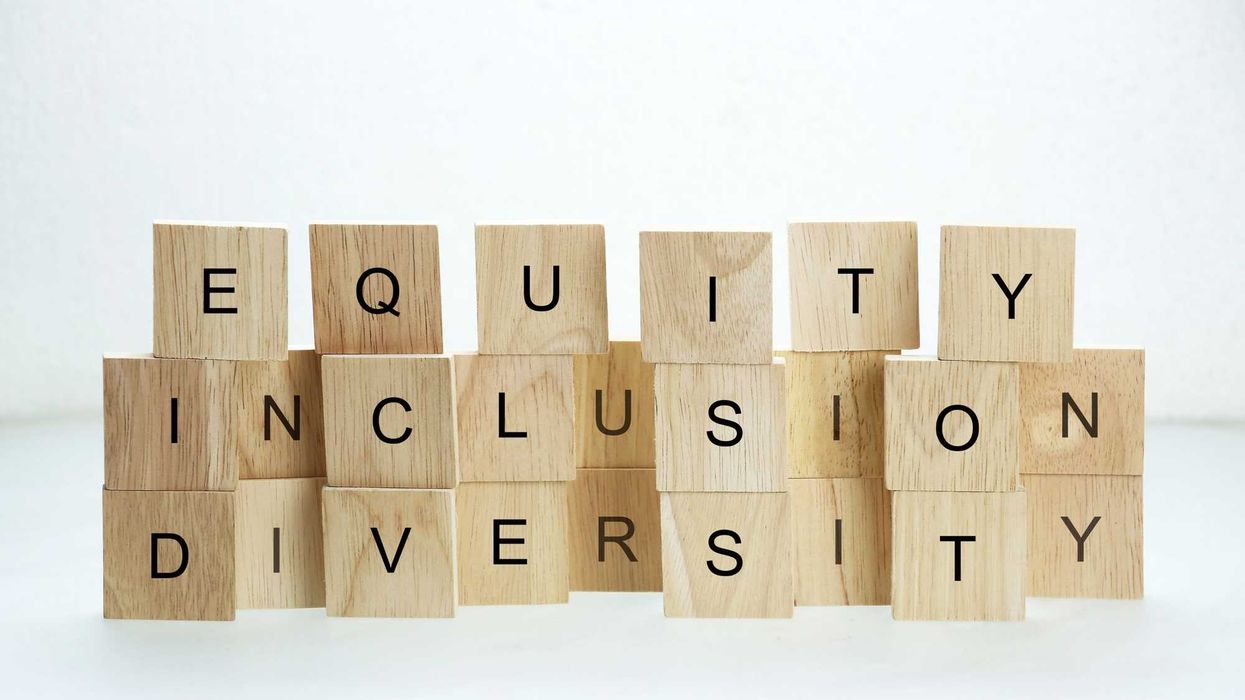Breslin is the Joseph C. Palamountain Jr. Chair of Political Science at Skidmore College and author of “A Constitution for the Living: Imagining How Five Generations of Americans Would Rewrite the Nation’s Fundamental Law.”
This is the latest in a series to assist American citizens on the bumpy road ahead this election year. By highlighting components, principles and stories of the Constitution, Breslin hopes to remind us that the American political experiment remains, in the words of Alexander Hamilton, the “most interesting in the world.”
A column about the Articles of Confederation — America’s disgraced precursor to the Constitution — is probably anachronistic. So I won’t write one. But I will tell a compelling story — an unfamiliar story — about the drafting of said Articles because the story begins with such promise, such hope. It ends, unfortunately, in disappointment, and in so doing underscores the crucial work that remains for Americans to realize this country’s greatest aspirations.
Let me take you back to June 7, 1776, to a hot, humid and very uneasy Philadelphia. Much had happened in the year leading up to that sweltering day. Colonial militiamen had embarrassed the powerful British infantry on Boston’s Breed’s Hill; George Washington had been appointed commander in chief of the colonial army; an “Olive Branch Petition” had been issued to King George III as a last-ditch effort to avoid war; and Thomas Paine, a British émigré fresh off the boat, had published America’s most famous, and still most widely read pamphlet, “Common Sense.”
The Revolutionary War was in full bloom and the delegates to the Second Continental Congress contemplated their next move. Richard Henry Lee, a respected congressman from Virginia, had a plan. It was actually a plan in several parts, and he stood on that June afternoon to announce three resolutions. The first was as obvious as it was terrifying: immediate independence from Great Britain. The second was aggressive: the individual colonies, Lee said, should form “foreign alliances” with as many European powers as possible. The third had to do with constituting an American nation. Let a “plan of confederation be prepared and transmitted to the respective Colonies for their consideration and approbation,” Lee proposed. In other words, let’s draft a constitution.
Three committees were formed. The first, and most famous, was piloted by Thomas Jefferson and produced the Declaration of Independence. The third would be led by the brilliant and enigmatic Delaware statesman, John Dickinson. That committee would, over time, prepare the Articles of Confederation and Perpetual Union, establishing a “league of friendship” for the 13 independent states. This drafting party, with Dickinson at the helm, would compose America’s first national constitution.
Dickinson was the embodiment of contradiction. A fierce defender of individual freedom and rights, he refused to sign the Declaration of Independence, believing that the liberties of colonists ended just short of separation from the king. Still, rights, according to Dickinson, were God’s gift to all humanity. He set out to reflect that belief in the draft Articles and from the day Dickinson’s drafting committee was formed on June 11, until his final appeal to fellow delegates on July 2 to stay independence, the Delawarian worked his lyrical pen.
The original Dickinson draft of the Articles of Confederation is remarkable, but one clause stands above the rest. Article IV, on individual rights, begins: “No person in any Colony living peaceably under the Civil Government, shall be molested or prejudiced in his or her person or Estate for his or her religious persuasion, Profession, or Practice, nor be compelled to frequent or maintain or contribute to maintain any Religious Worship, Place of Worship, or Ministry, contrary to his or her Mind.”
His ... or her! Not the typical language of the state constitutions that “all persons” shall be at liberty to exercise their religion, but a specific and unequivocal mention of women. The Dickinson draft is the first, and only, 18th-century constitution to identify women as separate from men and grant them equal status (at least in relation to religious liberty). Extraordinary. Astonishing. Surprising. Dickinson boldly determined that women, as much as men, possess the fundamental right of religious freedom. Governments could neither exclude women from religious worship nor compel them to attend or contribute to state-sponsored, established churches. Officials could not tell women what to think and do, just as they could not tell men what to think and do. The freedom to worship as you like was sacred, regardless of one’s gender. Indeed, Dickinson’s draft religious clause was the most enlightened, and I would argue the most significant, constitutional passage of its time.
It didn’t last.
Shortly after Dickinson’s draft was presented to the full Congress, Article IV was removed. Edited out. Redacted. No protection of religious freedom — for women or men — would be enumerated in the Articles. This so-called “league of friendship” set up a very weak national administration, with a single governmental body (Congress), no centralized authority to collect revenue or engage in foreign affairs, no common currency, and no simple ability to pass any laws. The representatives, other than Dickinson and a few allies, were simply not going to endow some distant and unfamiliar federal government with the license to safeguard individual rights against the states. It just wasn’t going to happen. And so Dickinson’s progressive protection of women’s rights fell to the cutting room floor. Of course, religious liberty would finally enjoy constitutional protection in 1791 with the ratification of the First Amendment, but women, sadly, were not mentioned.
The removal of Article IV foretells a long struggle for gender recognition and equality. Progress has been made, especially in the last century. But Americans have largely failed women in the workforce, on the campaign trail, in elected offices, as business leaders, as scientists, as entrepreneurs, and on and on. Could Dickinson and his draft Articles of Confederation have changed the course of history? It’s hard to tell, but removing the clause certainly feels like a missed opportunity. Today, religious freedom is not gender specific. And yet so much of American life is.
Shortly before that fateful fourth day of July, Abigail Adams wrote to her husband, John. Her words are apt: “I long to hear that you have declared an independency,” she proclaimed, “and by the way[,] in the new Code of Laws which I suppose it will be necessary for you to make I desire that you would Remember the Ladies, and be more generous and favorable to them than your ancestors.”
“Remember the Ladies,” she urged, and include them in the new constitutional document. John Dickinson heeded her call; her husband did not. Isn’t it high time we all do?




